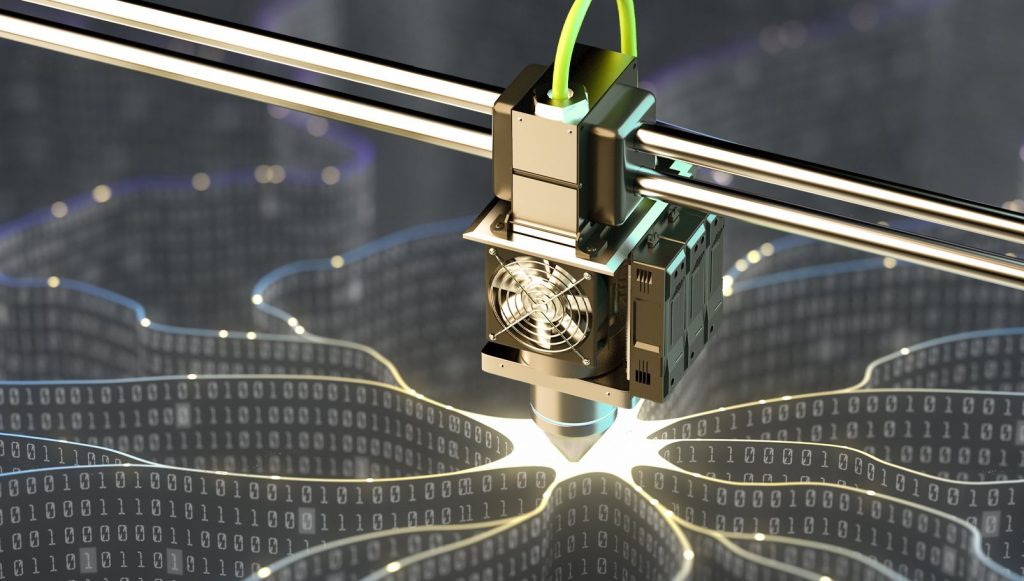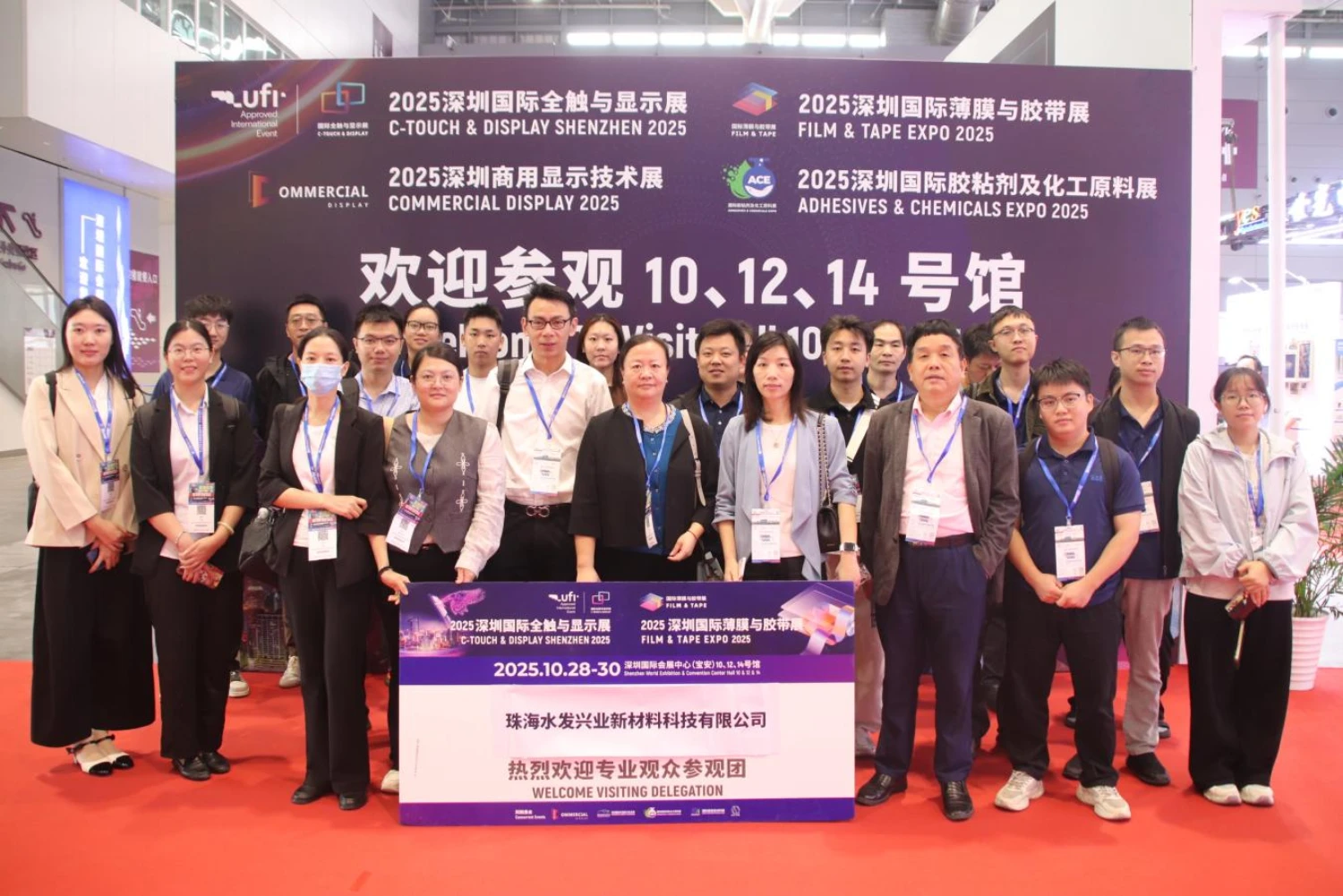Mastering Home 3D Printing: A Comprehensive Guide to Safe and Effective Printing
3 min read
3D printing has revolutionized the way we create and prototype objects. With the advancement of technology, it is now possible to have a 3D printer at home, allowing enthusiasts and professionals alike to bring their ideas to life. However, it's crucial to prioritize safety when engaging in 3D printing activities. In this comprehensive guide, we will explore the essential steps and precautions to ensure safe and successful 3D printing at home.
- Choosing the Right 3D Printer:
To begin your journey into home 3D printing, it's important to select a reliable and safe 3D printer. Consider factors such as build quality, user reviews, and safety features like enclosed printing chambers and filament detection systems. Research different models and brands to find the one that best suits your needs and budget. - Setting Up a Safe Workspace:
Creating a dedicated workspace for your 3D printer is crucial for safety. Ensure proper ventilation to prevent the inhalation of potentially harmful fumes emitted during the printing process. Keep your workspace clean and organized, free from any clutter that may interfere with the printer's operation. Additionally, consider using a fire-resistant surface or enclosure to minimize the risk of accidents. - Understanding Filament Materials:
Filament selection plays a significant role in the safety and quality of your 3D prints. Different materials, such as PLA, ABS, PETG, and nylon, have varying properties and printing requirements. Research and understand the characteristics of each material, including their melting points, fumes, and potential hazards. Always follow the manufacturer's guidelines when handling and storing filaments. - Proper Filament Handling and Storage:
To maintain the integrity of your filaments and ensure safe printing, it's important to handle and store them correctly. Keep filaments in airtight containers or vacuum-sealed bags to prevent moisture absorption, which can lead to poor print quality and clogged nozzles. Store filaments in a cool, dry place away from direct sunlight to avoid degradation. - Preparing and Leveling the Print Bed:
Proper bed leveling is crucial for successful 3D printing. Follow the manufacturer's instructions to ensure the print bed is correctly leveled. This step helps prevent print failures, nozzle collisions, and potential damage to the printer. Additionally, ensure the print bed is clean and free from debris or leftover filament to ensure optimal adhesion. - Monitoring the Printing Process:
While 3D printers are designed to operate autonomously, it's essential to monitor the printing process periodically. Check for any signs of filament jams, unusual noises, or excessive heat. Avoid leaving the printer unattended for long periods, especially during the initial stages of using a new filament or when experimenting with complex prints. - Fire Safety Measures:
Although rare, 3D printers can pose a fire hazard if not properly monitored. Install smoke detectors and fire extinguishers in your workspace as a precautionary measure. Consider using fire-resistant materials for your printer enclosure or housing. Familiarize yourself with emergency shutdown procedures and have a plan in place in case of any unforeseen incidents. - Post-Processing and Finishing:
After the printing process is complete, it's important to handle the printed objects with care. Some materials may require post-processing, such as sanding or smoothing, to achieve the desired finish. Follow appropriate safety measures when handling tools and chemicals, and ensure proper ventilation when using substances like acetone for smoothing ABS prints.
Conclusion:
Home 3D printing offers endless possibilities for creativity and innovation. By following the steps outlined in this guide, you can ensure a safe and successful 3D printing experience. Prioritize safety at every stage, from choosing the right printer to post-processing and finishing. With proper precautions and knowledge, you can unlock the full potential of 3D printing while keeping yourself and your surroundings safe. Happy printing!


